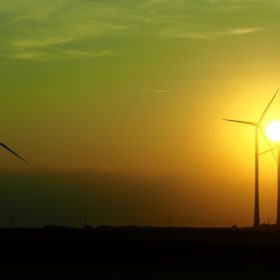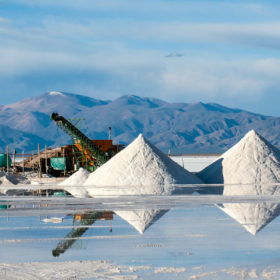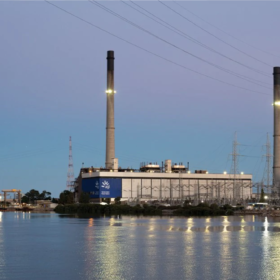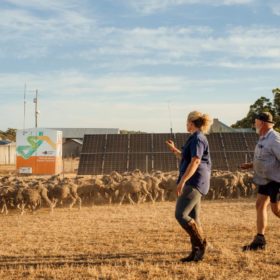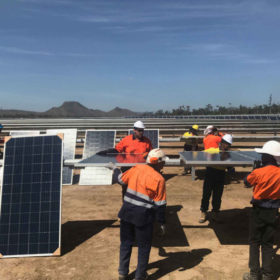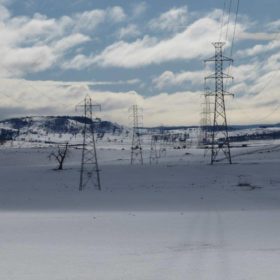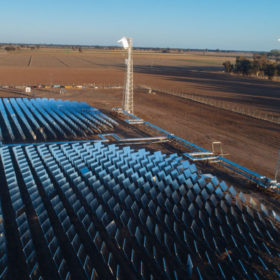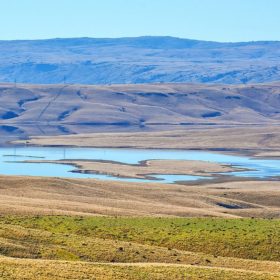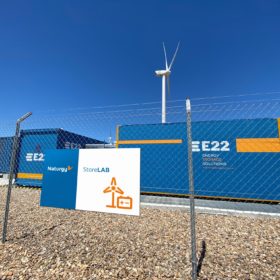Tenders for floating PV, storage, hybrid wind-solar projects in India
Solar developers have until July 15 to express interest in developing 105 MW of grid-connected floating solar in the Indian state of Maharashtra.
Battery metals: How quickly can supply ramp up?
A couple of weeks ago, Goldman Sachs sent shockwaves through battery metals markets, issuing a prediction that cobalt and lithium in particular were due for a sharp price decline in the next two years. But London-based Benchmark Mineral Intelligence is loudly pushing back, outlining its reasons why it believes the call on lithium was wrong. Meanwhile, US analyst Wood Mackenzie says that the battery raw material chain will remain tight, but notes that recycling could help to ease the supply deficit.
AGL looking to turn its Torrens Island facility into a green hydrogen hub
Australian energy giant AGL Energy has announced its leadership of a consortium of industry partners for a feasibility study into whether its Torrens Island facility can become a green hydrogen hub for domestic users and export.
Western Power reaches milestone in off-grid program
Western Australia’s regional utility Western Power has confirmed plans to install another 4,000 standalone power systems across the state in the next 10 years after reaching a milestone in the rollout of the renewable energy units.
Bowen stresses importance of transition to renewables as energy crisis continues
The Federal Energy Minister insists the Australian Energy Market Operator’s market intervention demonstrates that it is “more important than ever to manage the transition and get more energy into the system and more storage and transmission”.
Tasmania seeks investor interest to help shape state’s first REZ
The Tasmanian government is calling for registrations of interest from developers of new large-scale renewable generators and energy storage projects, and existing and proposed energy intensive load projects to participate in shaping the state’s first renewable energy zone.
Vast Solar teams with 14D on Aurora solar plus storage project
Australian solar thermal specialist Vast Solar has partnered with storage development company 1414 Degrees to revive the long-awaited Aurora Solar Energy Project – which is to comprise a combination of solar thermal, PV, and battery energy storage technologies – at Port Augusta in South Australia.
Pumped-hydro storage project takes shape in New Zealand
Lake Onslow, New Zealand, could become home to one of the world’s largest pumped-hydro storage facilities. A local consortium is now conducting a feasibility study and is investigating possible system designs and precise locations.
Oil supermajor takes majority stake in WA hydrogen megaproject
Oil and gas giant BP will take a 40.5% stake in the 26 GW Asian Renewable Energy Hub megaproject proposed for Western Australia’s north coast.
Lithium-ion vs. vanadium redox flow storage
UK scientists have compared the performance of lithium-ion storage systems and vanadium redox flow batteries for a modeled 636 kW commercial PV system in southern California. They have found that both technologies, coupled with an oversized PV array, could achieve a levelised cost of electricity of less than US$0.22/kWh (AU$0.32/kWh), while offering a self-sufficiency ratio of 0.95.
